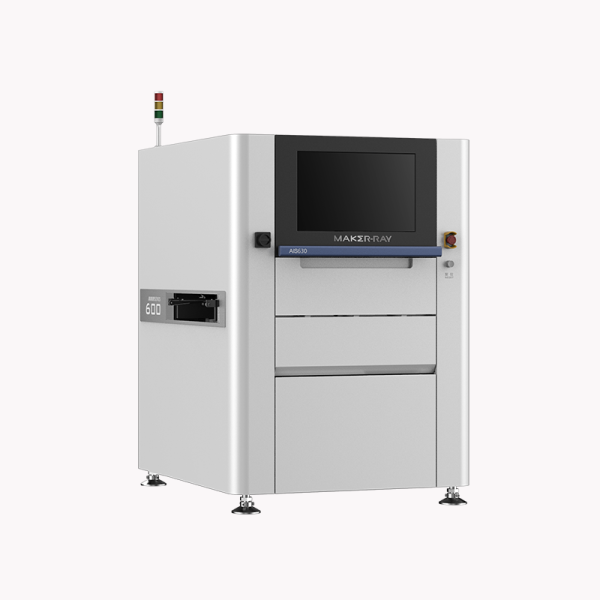If you are working in heavy industries, you might have used the NDT equipment at some point. In this article, we look at how to use the vision testing NDT and how it will help you.
Why is your company using visual testing NDT?
Visual testing is a technique used to identify defects in a product by visually inspecting it. It can be used before, during, or after the production process to detect issues and potential problems. Visual testing can also be used to verify design specifications or validation results.
There are many benefits to using visual testing: it’s fast, effective, and less expensive than other defect detection methods. Additionally, visual testers can often detect defects that other methods may not. Visual testers can also identify defects that may have been missed by other teams. Visual testing NDT can be used in conjunction with other defect detection methods to improve accuracy.
How does vision testing NDT work?
Visual Testing NDT is a process by which a user can test the design of an application by using a computer display. By visually examining the application’s graphical elements, a user can determine if they comply with the desired design.
Conclusion
Vision testing NDT is a method that can be used to determine whether the source parts are defective or poor solder. By using visual testing, NDT personnel can identify potential problems before they become serious and costly to repair or clean up. Vision testing is an important part of the overall safety assessment process in the workplace, so understanding MAKER-RAY‘s vision testing NDT is essential if you want to be successful in your field.




